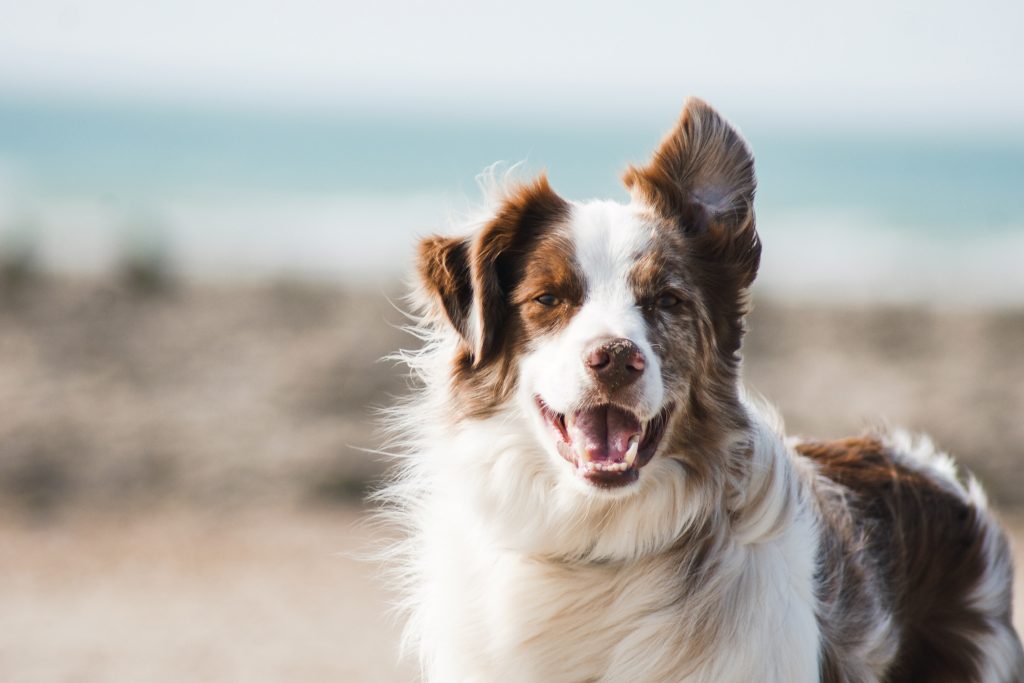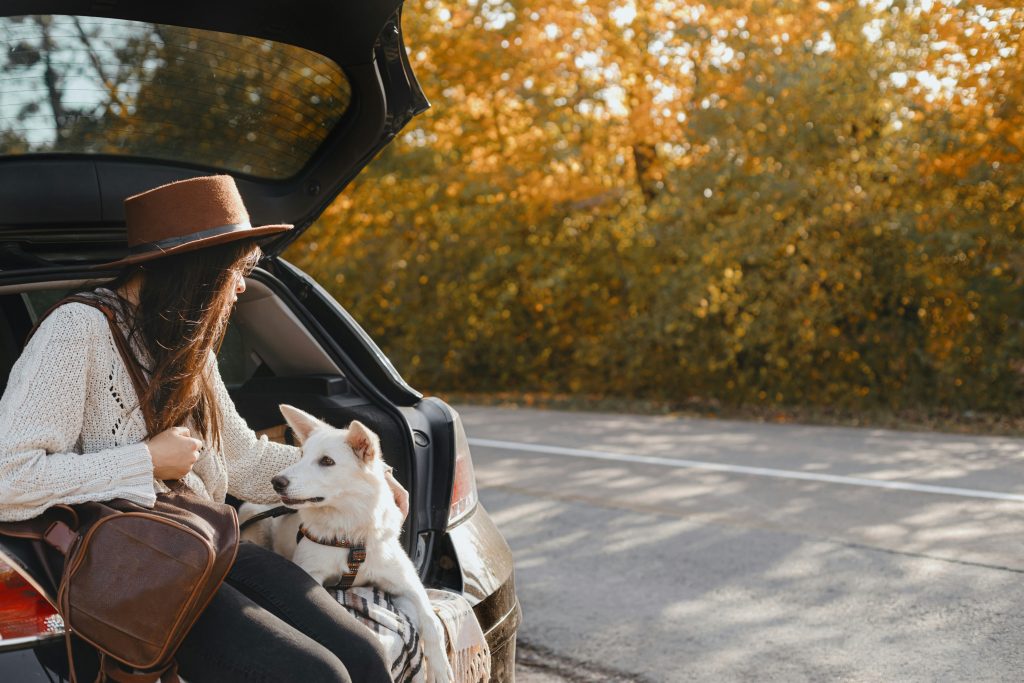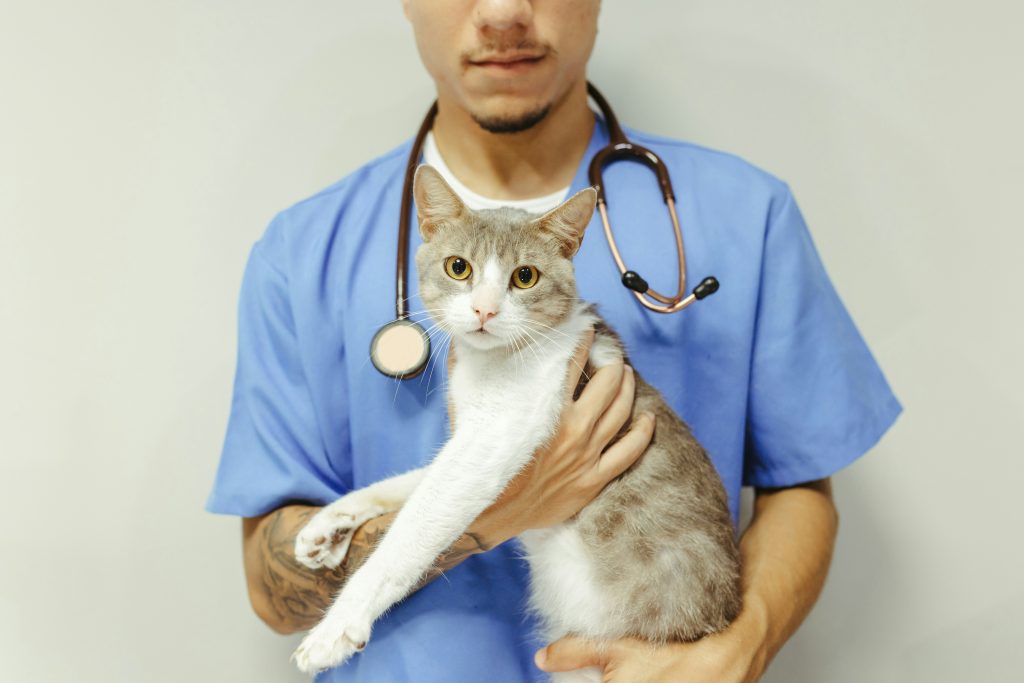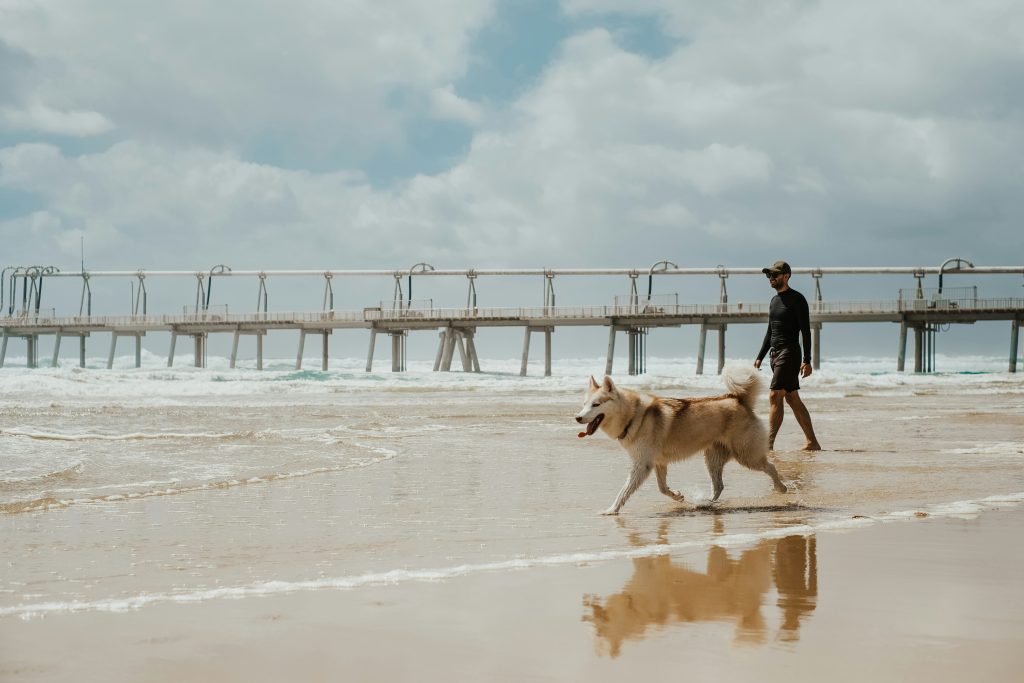Animal Liability Insurance Explained
When it comes to insurance, animal liability is a critical aspect for pet owners, particularly those with dogs. Homeowners, umbrella, and standalone animal liability insurance policies offer varying levels of protection for incidents involving pets. Understanding the differences between these policies is essential for ensuring adequate coverage.

Homeowner’s Insurance and Animal Liability
Homeowner’s insurance typically has the option to include animal liability coverage, which may cover damages or injuries caused by pets. However, this coverage often has limitations:
Coverage Limits: The liability limit for pet-related claims may be significantly lower than the general policy limit. For example, a policy with a $300,000 liability limit might only cover $25,000 for animal-related damages.
Exclusions: Some policies exclude this coverage altogether or restrict coverage for certain breeds considered high-risk or for animals with a history of aggression.
Excluded Breeds or History of Aggression: Standalone animal liability insurance can offer the necessary protection if a homeowner’s policy excludes certain breeds or the pet has a history of aggression.
On-Property vs. Off-Property: Coverage might be limited to incidents occurring on the insured’s property, excluding events like dog bites at a park.

Umbrella Insurance Policies
Umbrella insurance provides additional liability coverage beyond the limits of homeowner’s or auto insurance policies. It’s secondary coverage that kicks in after the primary policy has been exhausted:
Higher Limits: Umbrella policies typically start with $1 million in coverage, offering substantial additional protection for significant claims.
Breadth of Coverage: Umbrella insurance may cover situations not included in standard homeowner’s policies, such as an off-property dog bite, provided the underlying policy doesn’t exclude the incident. Do not assume this automatically includes animal liability coverage and check with your agent.
Standalone Animal Liability Insurance
For pet owners who need more coverage or whose pets are excluded from their homeowner’s policy, standalone insurance is an option:
Specialized Coverage: These policies are designed to cover third-party bodily injury and property damage caused by pets. These can include breeds that are often excluded from standard policies.
Legal Defense: Standalone policies typically provide a legal defense and cover damages awarded up to the policy limit, which is crucial if the pet owner is sued.
Is This the Same as Pet Insurance?

The main difference between pet insurance and animal liability insurance is the type of coverage they provide. Pet insurance is health insurance for animals, covering unexpected illnesses, injuries, tests, medication, surgeries, and emergency care. Some plans also offer wellness coverage for routine care services. On the other hand, animal liability insurance protects pet owners in the event of injuries or damages caused by their pets to third parties. As discussed above, it can cover property damage, injuries, and legal defense costs if the pet owner is sued.
Pet insurance is designed to lessen the financial burden of veterinary bills. In contrast, animal liability insurance is aimed at protecting pet owners from potential legal and financial liabilities arising from their pets’ actions.

Pet owners should carefully review their policies to understand the scope of animal liability coverage. It’s important to note policy limits, exclusions, and whether additional coverage through an umbrella or standalone policy is necessary. Consulting with an insurance professional can help ensure that pet owners have the appropriate coverage to protect against potential liabilities.
To read more about different types of Home Insurance, read our previous blog, HERE!
Click HERE to get a quote TODAY!